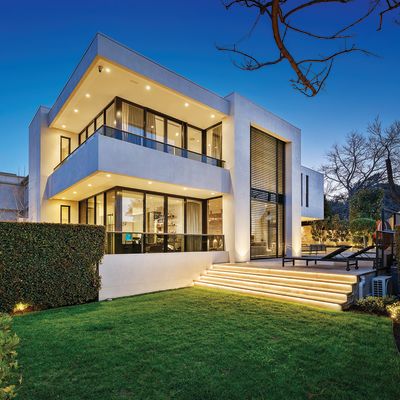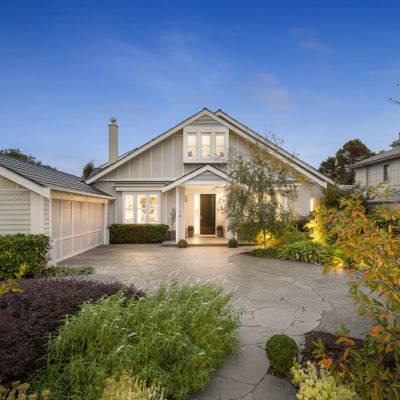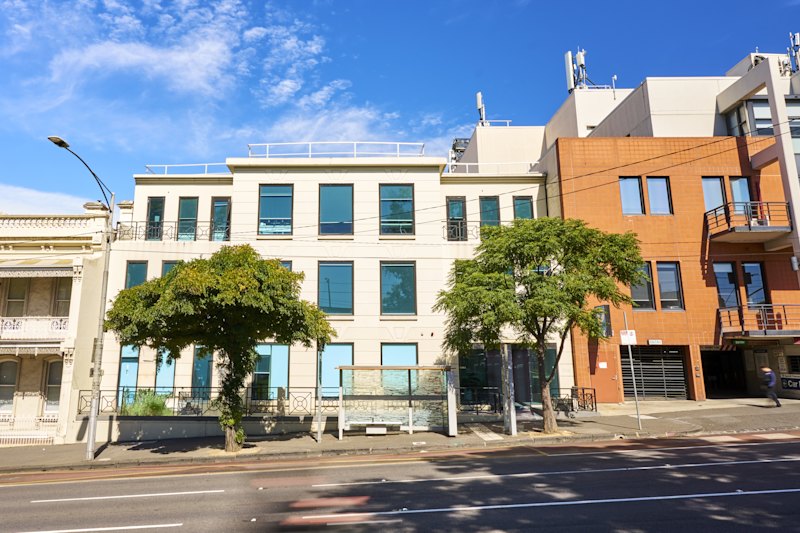Wedge House: Extraordinary Peter Stutchbury home lists for sale in Whale Beach
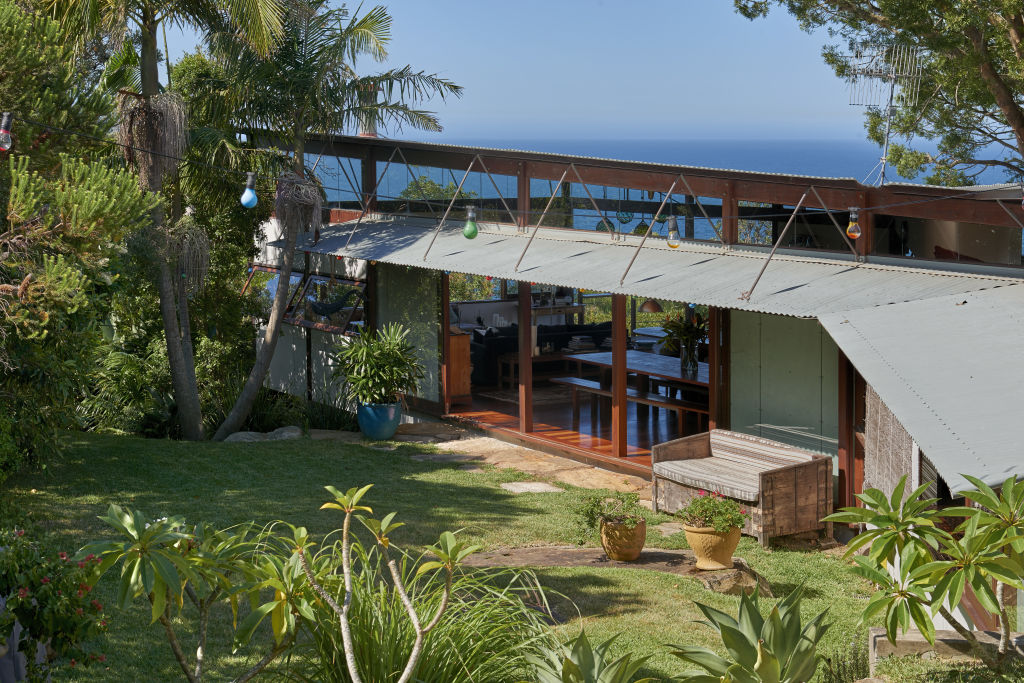
The “wow factor” is a term that often arises when describing a certain home. Usually, the property embraces one or more design elements that are simply out-of-the-ordinary, using scale, material, form – or a combination of – to produce something in between jaw-dropping and eye-popping.
Paradoxically, though, wow factor has less to do with architects wanting to flex some kind of out-there creativity.
Rather, wow is often what you get when logic, pragmatism and solid architectural design principles are applied first and foremost.
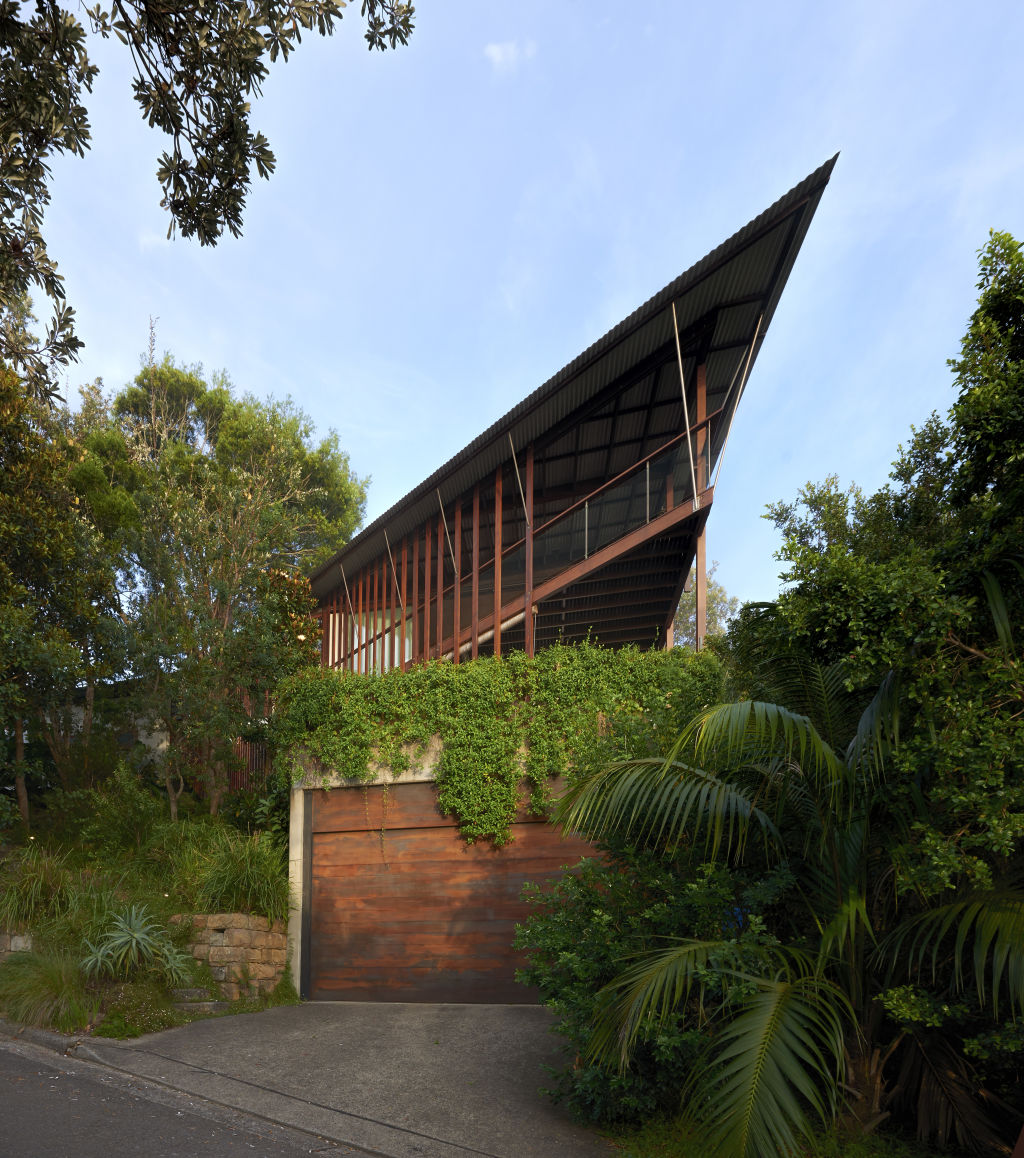
Internationally recognised Sydney architect Peter Stutchbury made this plain when articulating his thoughts about one of his early projects, Wedge House, perched atop a rocky outcrop at Whale Beach on Sydney’s northern beaches. The property, which has now hit the market, was built for the current owners between 1998 and 2000.
“Architecture can be explained logically beyond the creative,” Stutchbury has said about Wedge House. “The experimental thought can be integrated progressively.”
Borrowing a line for a moment, it could sound like: “Build it and the wow will come.” But build it soundly to conditions. In this instance, a tricky sloping block, offering views of the ocean.
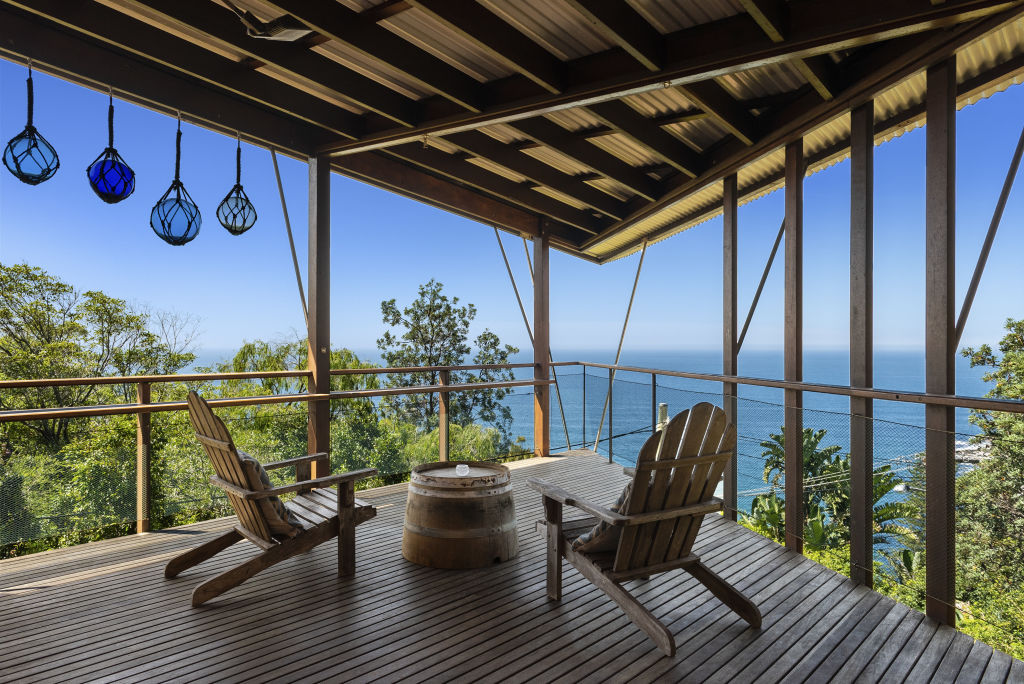
For Stutchbury, this demanded an irregular design to accommodate an irregular site.
What he came up with was a structure comprised of two intersecting wedges. One, constructed from concrete, is firmly planted into the earth while the other – made from more lightweight materials, like timber and glass – appears to soar above it, bird-like. It’s an analogy that fits.
Again, these are contrasting forces at play, much like the creativity and logic of the architect.
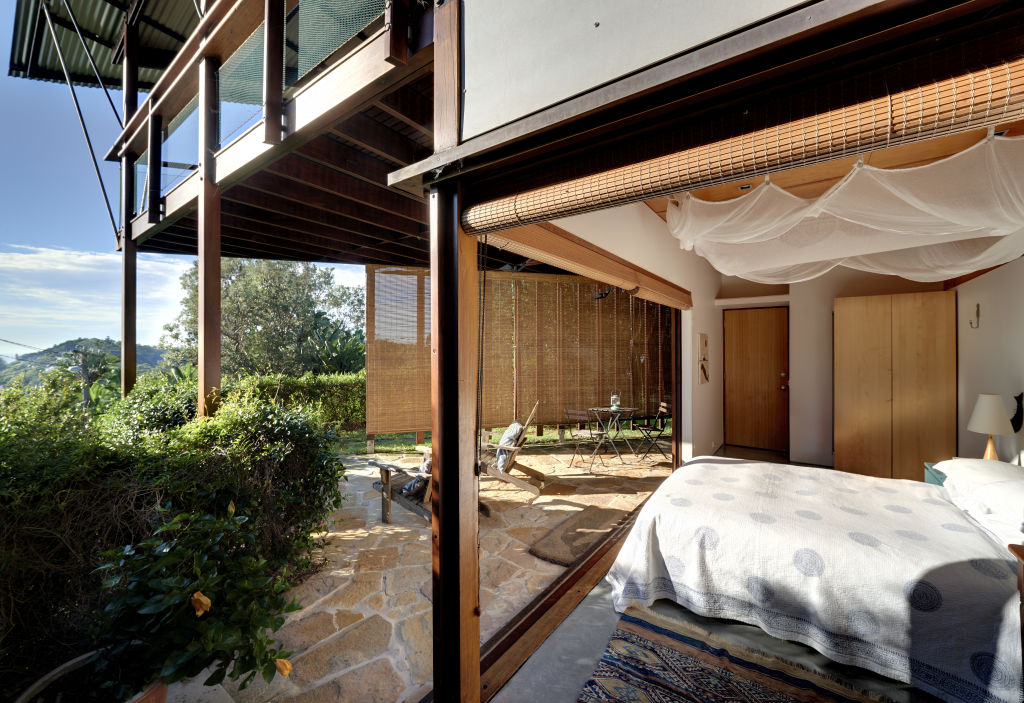
One wing of the building – housing the main bedroom, office, laundry and outdoor shower – implies nurture and protection; literally, a sense of being nestled and grounded. Look around. Lush garden surrounds.
The other wing – a light-filled, open-plan living, dining and kitchen – suggests vulnerability and flightiness.
A pointy beak-like timber deck, cantilevered over the kids’ quarters below, connects the eye to sky and water, as does the kitchen, a glass box projecting from a timber batten wall. Freedom awaits.
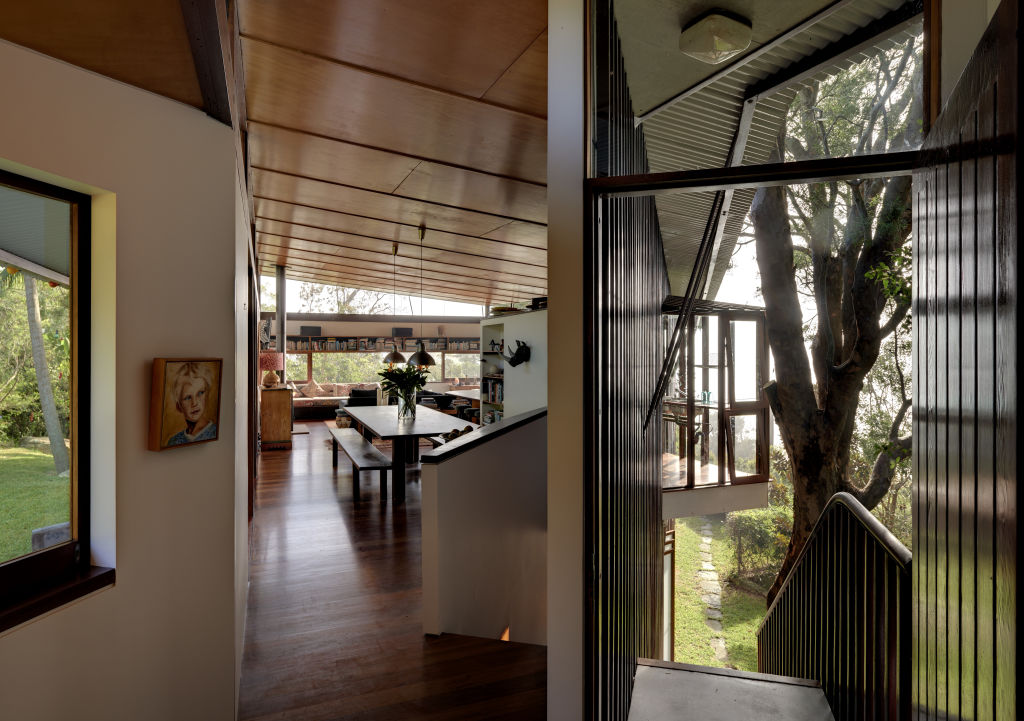
Lending the house a little more wow is the tilting, seemingly twisting plane of the roof, a design that recalls the corrugated skillion roof of the Sydney Olympic Park Archery Centre Stutchbury designed for the 2000 Games. It’s a habit of designers: letting one project inform another.
LJ Hooker principal David Edwards fully gets that the wow factor comes from architectural challenge.
“Architects are inspired by topography,” says Edwards. “It gives them the opportunity to express themselves creatively as opposed to a building on a level block of land.”
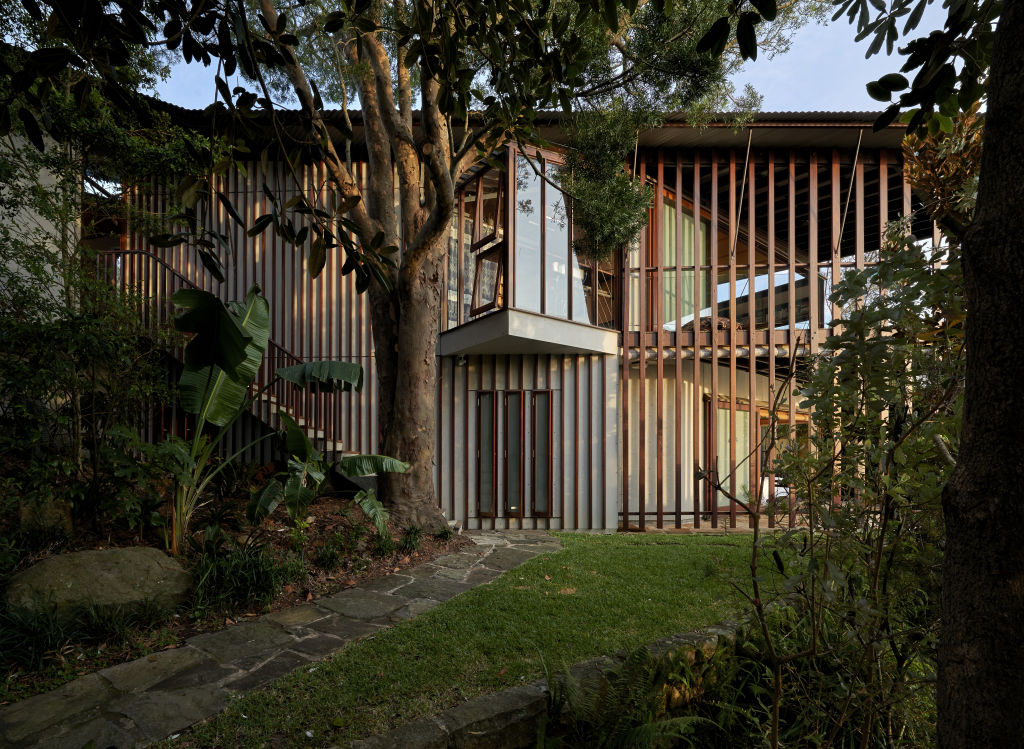
Stutchbury’s design also successfully captures the archetypal beach house and coastal lifestyle: the use of light materials like timber and corrugated iron but also something that feels in tune with the elements. One minute open and exposed, the next snug and sheltered.
It’s also the right response, too, when the house is only 10 minutes’ walk from the beach and sits on a private site with views out to sea and the horizon. Multiple areas of the home lead directly the block’s lush surrounds.
As Stutchbury explains: “Wedge House is an intuitive response to the issue of seaside living on a specific site.”
The home is for sale by expressions of interest with a $3 million guide.
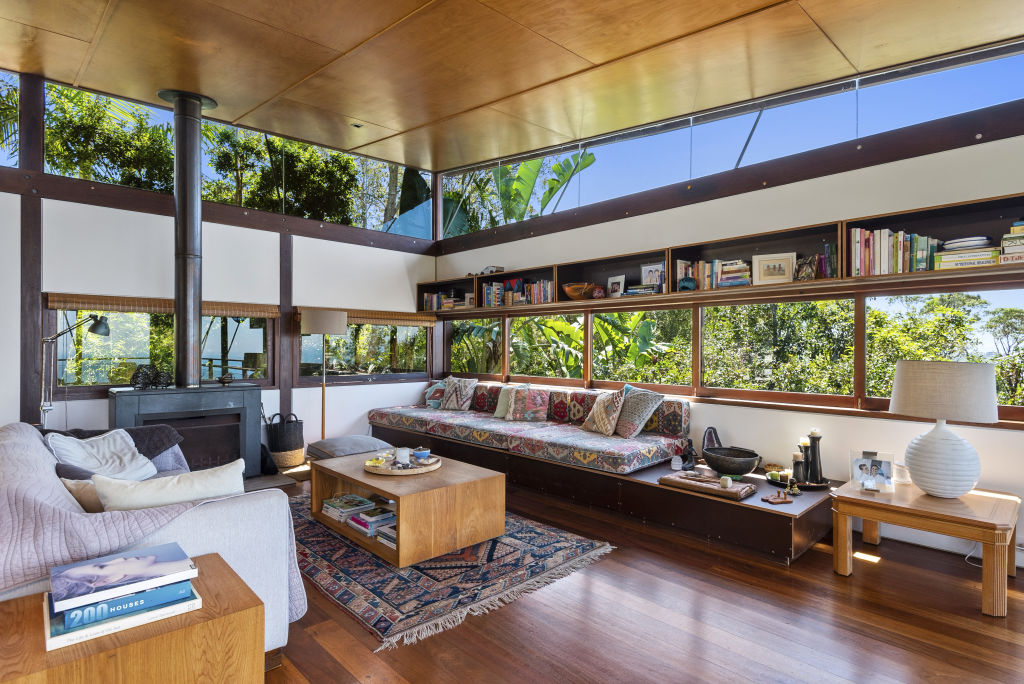
We recommend
We thought you might like
States
Capital Cities
Capital Cities - Rentals
Popular Areas
Allhomes
More

